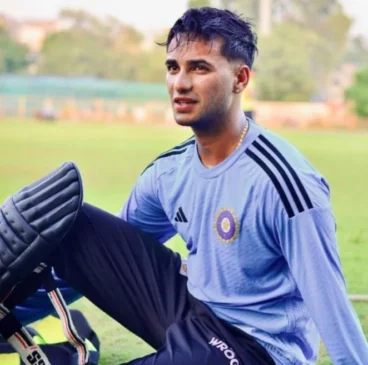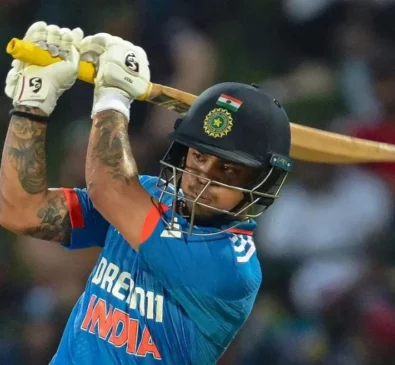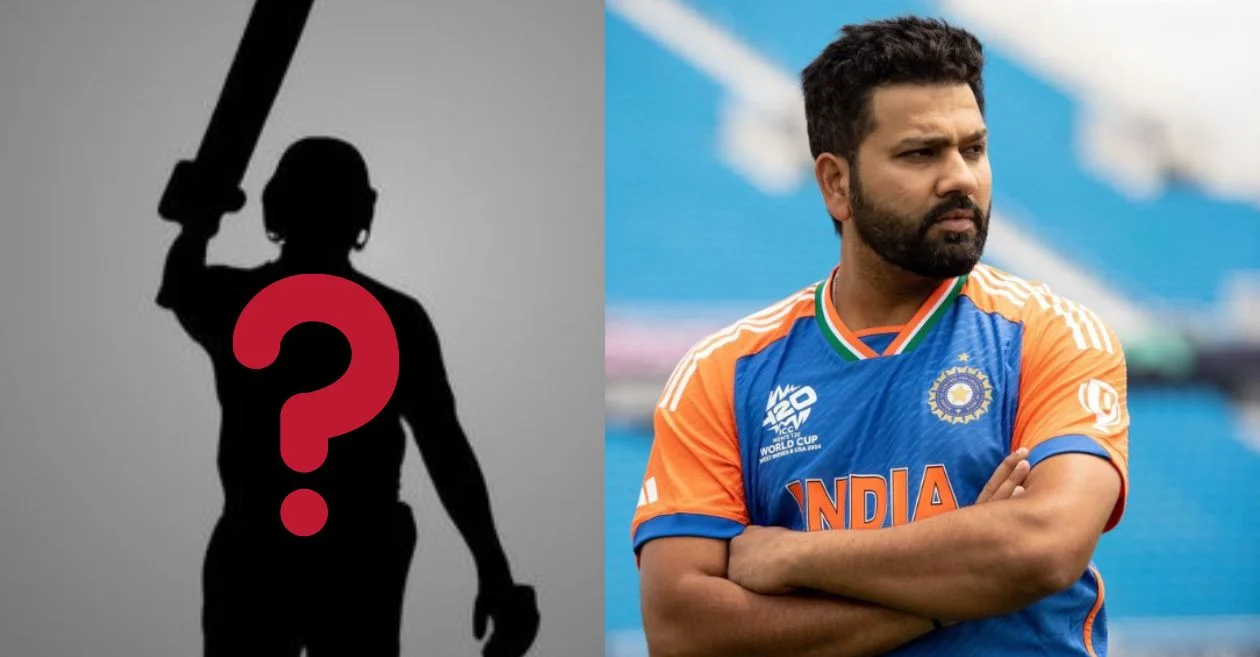Rohit Sharma led India to a famous victory in the T20 World Cup 2024 as captain, ending a drought of ICC trophies for 11 years.
His leadership was pivotal as India showcased exceptional performances throughout the tournament. However, following the culmination of the World Cup, Rohit announced his decision to retire from the T20I format, marking the end of an illustrious career in T20 internationals.
Rohit Sharma’s legacy and impact
Rohit’s decision to retire from T20I cricket marks the end of an era where he not only amassed 4231 runs in 159 matches but also led India to significant victories, including the T20 World Cup triumph in 2024. His aggressive yet calculated approach revolutionized India’s batting in the shortest format, setting high standards for opening batters worldwide.
Rohit’s record-breaking five centuries in T20Is and his leadership in winning two T20 World Cup titles underline his legacy as one of India’s greatest T20I cricketers. Looking ahead to the T20 World Cup 2026 in India and Sri Lanka, India will seek a player who can emulate Rohit’s attacking prowess while providing fearless starts.
Also WATCH: Virat Kohli, Rohit Sharma and others take victory lap after India wins T20 World Cup 2024
3 players who could replace Rohit Sharma in Team India’s T20Is:
1. Abhishek Sharma

Batting Strengths:
- Explosive Hitting: Abhishek Sharma is known for his ability to clear boundaries with powerful strokes, particularly in the middle and lower order.
- Versatility: Besides batting, he offers left-arm spin bowling, providing an additional dimension to the team’s balance.
- Youthful Energy: At 23 years old, he brings enthusiasm, adaptability, and a fresh perspective to the team.
Reasons to Replace Rohit Sharma:
- Similar Attacking Approach: Abhishek’s aggressive batting style aligns well with the role Rohit played in providing quick starts and finishing matches.
- Potential for Growth: Despite limited exposure to international cricket, his domestic performances including the Indian Premier League (IPL) suggest he can adapt and thrive at the highest level.
Potential Weaknesses:
- Lack of International Exposure: Abhishek has literally no experience in international cricket, which may pose challenges in adjusting to the higher intensity and pressure of T20Is.
- Consistency: Needs to work on maintaining consistent performance across formats and matches.
- Experience: Relatively less experience compared to senior players, which could affect decision-making under pressure.
Areas to Rectify:
- International Exposure: Exposure to international matches will be crucial for adapting to the pace and demands of T20I cricket.
- Improved Consistency: Focus on reducing variability in performance and delivering match-winning contributions consistently.
- Mental Toughness: Enhance mental resilience to handle high-pressure situations and maintain composure during crucial phases of the game.
2. Ishan Kishan

Batting Strengths:
- Aggressive Batting: Known for his attacking approach, capable of scoring quickly and launching big hits from the outset of his innings.
- Wicketkeeping Ability: Provides an additional skill as a wicketkeeper-batter, offering flexibility in team selection.
- Big Match Temperament: Has demonstrated the ability to perform in high-pressure situations and deliver match-winning contributions.
Reasons to Replace Rohit Sharma:
- Opening or Middle Order Option: Kishan’s versatility allows him to bat anywhere in the top order, providing flexibility to the team management.
- Impact Player: Capable of turning matches with his aggressive batting style, similar to Rohit’s game-changing abilities in crucial situations.
Potential Weaknesses:
- Low Trust by Indian Management: Kishan’s omission from the central contracts by the Board of Control for Cricket in India (BCCI) may indicate lower confidence or consistency concerns among the management.
- Shot Selection: Needs to refine shot selection to minimize risks and avoid dismissals during critical phases of the game.
- Defensive Technique vs Attacking Game: Balancing between defensive solidity and maintaining his aggressive style to ensure consistent performance.
Areas to Rectify:
- Earn Trust through Consistency: Focus on consistent performances across formats to regain trust and confidence from the team management.
- Technical Adjustments: Fine-tune defensive techniques while maintaining the ability to play attacking shots effectively.
- Mental Preparation: Enhance mental resilience and decision-making under pressure to sustain performance at the international level.
3. Yashasvi Jaiswal

Batting Strengths:
- Technically Sound: Yashasvi Jaiswal is known for his solid technique, allowing him to anchor innings and build partnerships effectively.
- U19 Experience: His success in age-group cricket and the U19 World Cup and Test cricket showcases his potential and ability to perform on big stages.
- Adaptability: Capable of adjusting his game according to different conditions, pitches, and opposition strategies.
Reasons to Replace Rohit Sharma:
- Opening Batting Prowess: Jaiswal’s proficiency as a left-handed opener makes him a suitable candidate to fill Rohit’s role at the top of the order.
- Youthful Potential: Offers long-term prospects and the opportunity to evolve into a mainstay in the team’s batting lineup.
Potential Weaknesses:
- Consistency at International Level: Needs to prove consistency and adaptability in the transition from domestic and age-group cricket to senior international cricket.
- Power Hitting: Enhancing the ability to consistently clear boundaries in T20 cricket, especially after the powerplay overs.
Areas to Rectify:
- Scoring Beyond Powerplay: Develop techniques and game plans to consistently score runs effectively beyond the powerplay overs. This includes rotating the strike, finding gaps in the field, and choosing the right moments to accelerate the scoring rate.
- Adaptability to Different Conditions: Enhance adaptability to various pitch conditions, bowler strategies, and match situations. This involves adjusting batting techniques, shot selection, and game tempo according to the demands of each situation.



